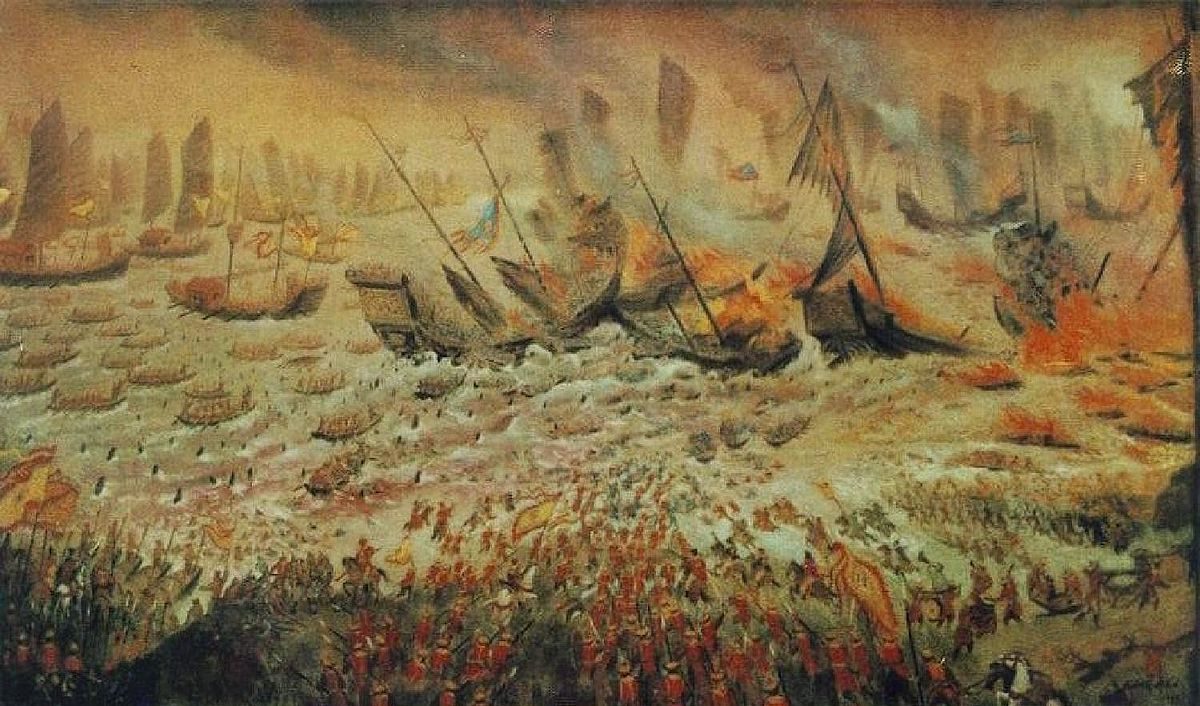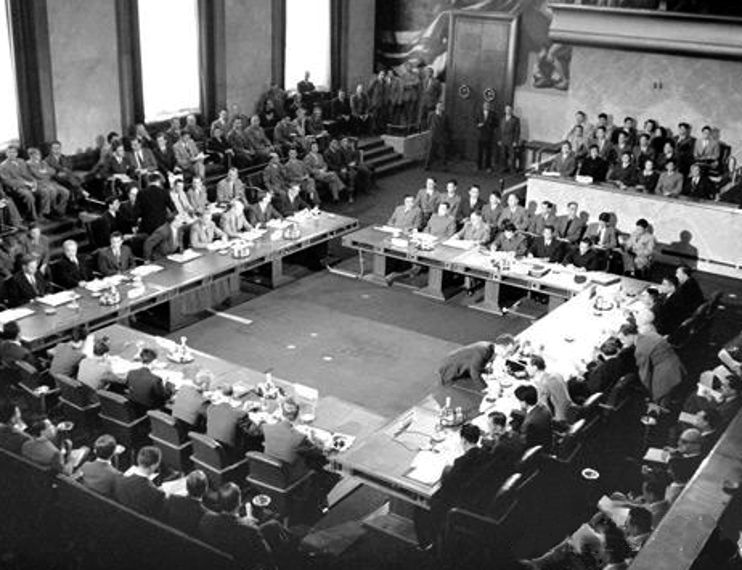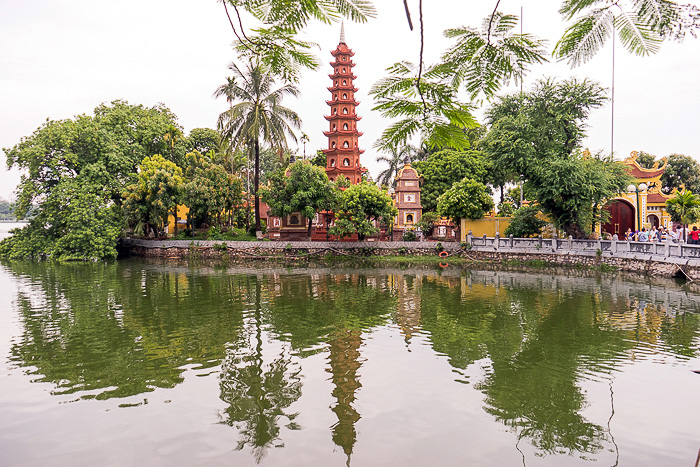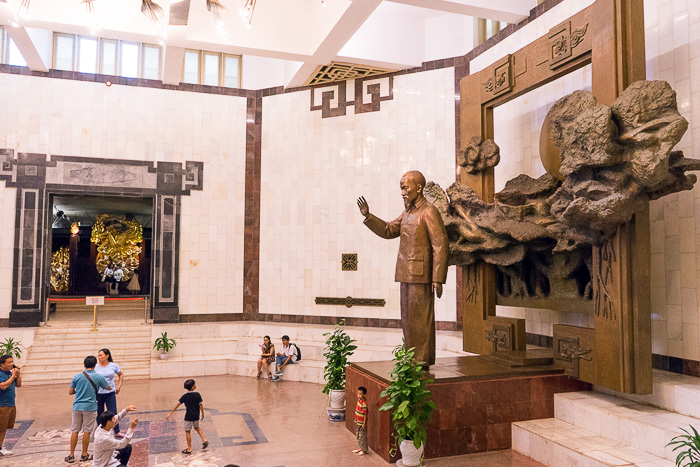A Concise History of Hanoi
Hanoi has been conquered, occupied, liberated and renamed more times than any other city we’ve visited. In fact, upheaval seems to be the only constant in Hà Nội… or is that Long Biên? Or Đại La? Thăng Long, Đông Đô, Đông Quan, or Tonkin? Here’s a concise rundown of the most important moments in this schizophrenic city’s history.

2879 BC – Human presence in Northern Vietnam dates back to at least 6000 BC, but the first significant event in the history of what would become the Vietnamese people is the ascension of Lộc Tục, the first Hùng King, who united the region’s various tribes into a nation called Văn Lang.
258 BC – Storming down from the mountainous regions of northern Vietnam, the Âu Việt counquer the Lạc Việt, merging the two kingdoms. Their leader, An Dương Vương, rules from the Cổ Loa Citadel, found sixteen kilometers west of present-day Hanoi.
197 BC – The kingdom of Nanyue annexes Âu Lạc, and establishes a thousand-year period of Chinese control over Hanoi… or Long Biên, as they call it. In 866, a citadel is built and the city is renamed to Đại La.

938 – After defeating the Chinese at the Battle of Bạch Đằng, Vietnam is free. In 1010, the capital of the newly independent country of Đại Việt is moved to Hanoi, after the king claims to see a dragon flying over the city. The city is renamed Thăng Long, which means “Soaring Dragon”.
1397 – Identity crisis! After the capital is moved to Thanh Hoa, Thăng Long is renamed Đông Đô (Eastern Capital) and enters a turbulent period. The Chinese return in 1408 and rename the city Đông Quan. Twenty years later, Emperor Lê Lợi reclaims the city for the Vietnamese and renames it Đông Kinh, which will soon be westernized to Tonkin.
1831 – Minh Mang, the second emperor of the Nguyen Dynasty, provides the city with its permanent name, Hà Nội, which means “Between Rivers“. But the city loses prestige, as the capital is relocated south to Hue.
1873 – The French arrive, bringing yet another period of colonization to Hanoi. It’s not all bad, though, as the Europeans set about modernizing the capital of their new protectorate, erecting grand buildings such as the Đồng Xuân Market Hall and the Opera House.
1940 – After the capitulation of Paris to the Nazis, Japan seizes its opportunity and invades Indochina, taking Hanoi without much effort. Japanese dominion over Vietnam would remain in place until 1945, and the end of World War II.

1954 – Following the end of the Indochina War and the signing of the Geneva Accords, Hanoi is made capital of the newly independent nation of North Vietnam. Having finally acheived independence, Hanoi doesn’t have to wait long for its next war; the Vietnam War (or the War of American Aggression) would kick off the very next year.
1976 – Saigon falls, and after 21 years of fighting, Vietnam is reunified. Hanoi assumes its role as capital of a much larger, but spiritually fractured country.
2008 – After annexing a number of neighboring provinces, the city of Hanoi triples its size and is suddenly a metropolis of six million souls. Skyscrapers begin sprouting up, along with shopping malls, five-star hotels, and towering apartment blocks.
2017 and Beyond – Sprawling and rapidly developing, Hanoi’s future looks as though it will be as chaotic as its past. The metro, if it ever opens, will hopefully improve the city’s infamous gridlock. The challenge for Hanoi will be to conserve its unique identity, and to make sure that all of its citizens benefit from the growing prosperity.
-Here’s a More In-Depth Take on Vietnam’s History



